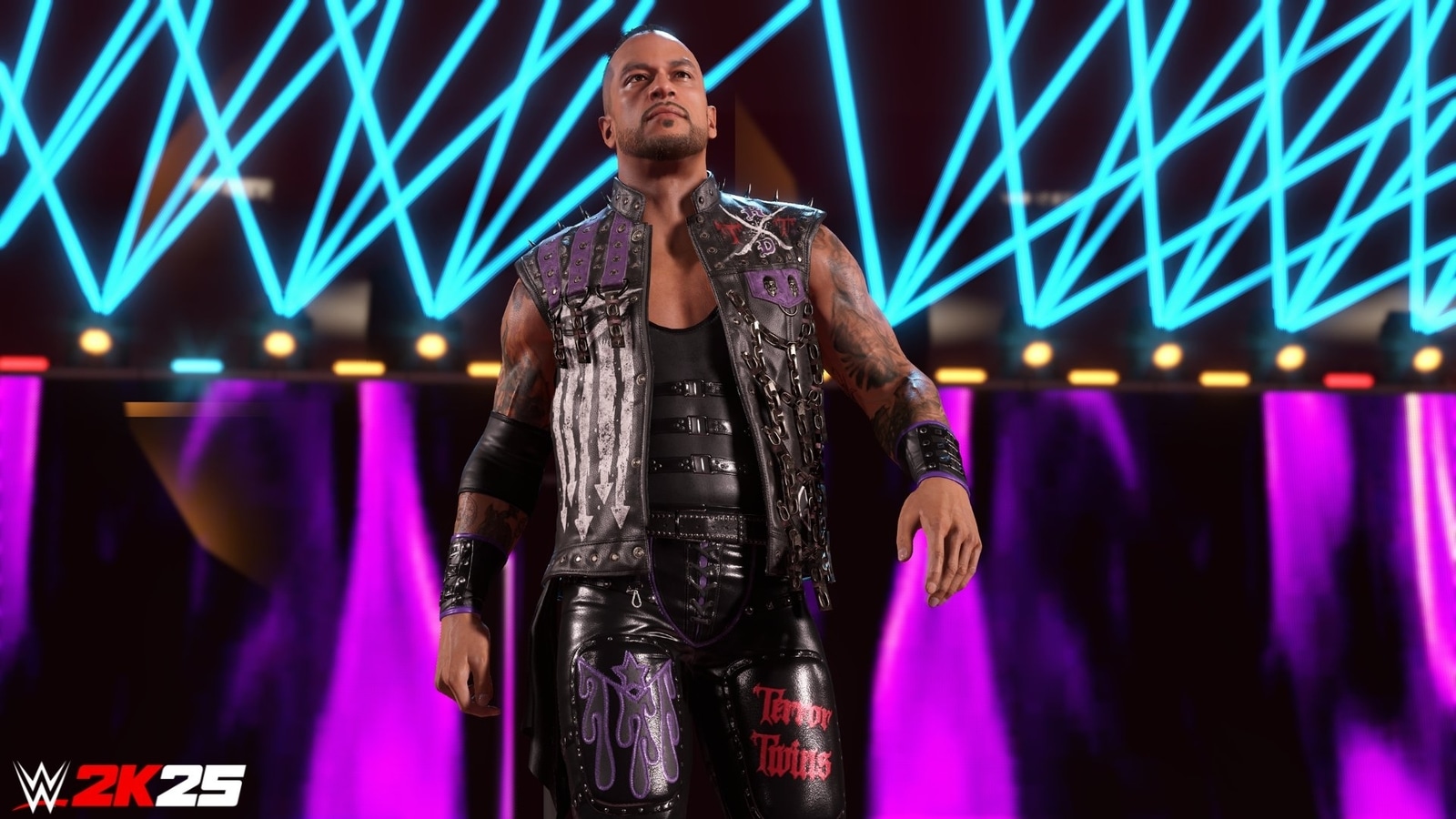Cleveland was a boyhood bluegrass zealot, not a prodigy. When he was six weeks old, his parents began toting him to bimonthly Saturday concerts his grandparents hosted at an American Legion in Henryville, Ind. In his stroller, friends remembered, he would bounce to the music in perfect time. As a toddler, he became so obsessed with the staple “Rocky Top” that his parents drove him to Tennessee to meet the couple who had written it; even now, he keeps the cassette they gave him, an hourlong compendium of assorted versions.
Still, Cleveland couldn’t play. A nearby fiddler struggled to show his first blind student how to hold the bow or the instrument. Teachers at the Kentucky School for the Blind fared better with a contraption that kept the bow at the proper position, but they were more interested in the Suzuki method and classical music than Flatt & Scruggs. “On the first day, they asked me what I knew about violin,” Cleveland said, catching his breath from laughter before offering his reply. “‘Well, I don’t know much about the violin,’ I said, ‘but I know a lot about the fiddle.’”
Those first few years remained a struggle. One night, though, Cleveland dreamed about playing “Soldier’s Joy,” a mirthful fiddle number about payday he’d heard countless times. When he reached for his instrument the next morning, the tune was there.
Though he balked his first fiddle contest, he kept trying, even joining Monroe, the bluegrass fountainhead, onstage at age 9. Soon after he delighted that awards-show crowd in Kentucky, he made his Grand Ole Opry debut with Alison Krauss. But it wasn’t Cleveland’s back story that people found compelling, like some cloying “American Idol” package.
“You can feel his timing and pulse so well, like the drive of a banjo player,” the multi-instrumentalist Sam Bush said in an interview, listing Cleveland as one of perhaps three bluegrass fiddlers ever to have that quality. (The others? Benny Martin and Paul Warren.) “Then he adds finesse, and he will surprise you.”























